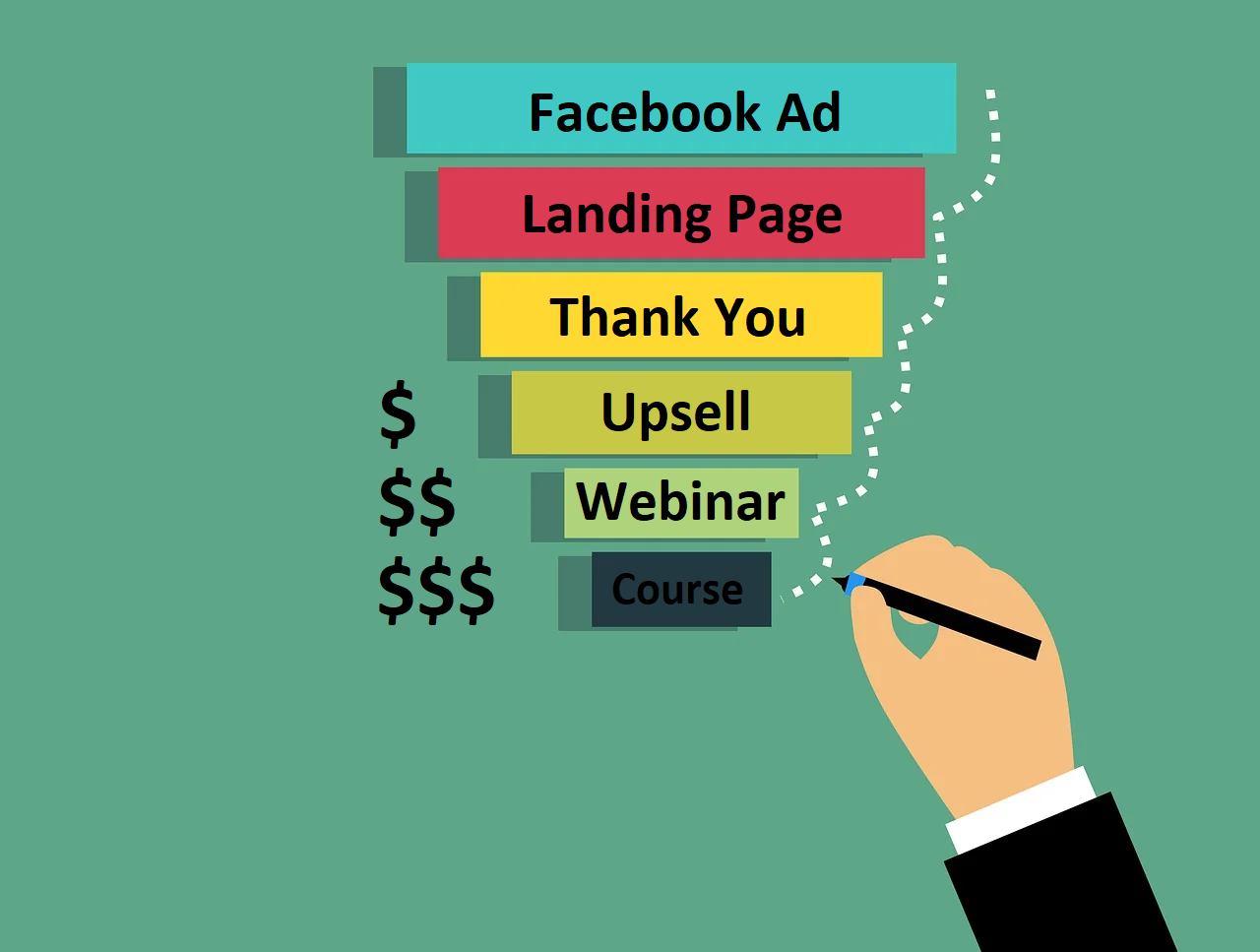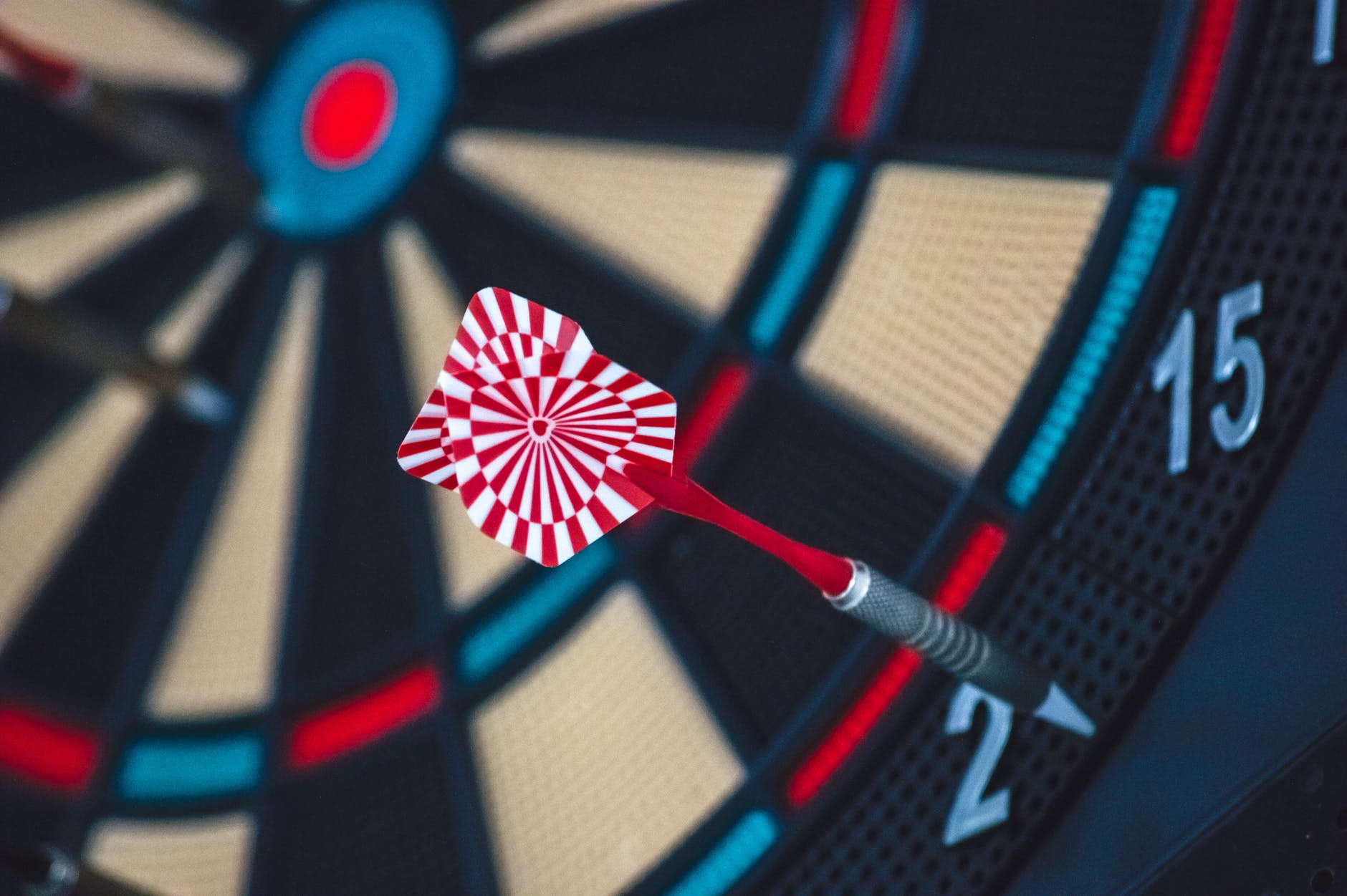Sales Funnels 101: What Are They, Anyway?
Maybe you smile and laugh at networking events, nod sagely at PowerPoint presentations with clipart of what looks like colourful little tornadoes or party hats… but all the while, you never know what a sales funnel actually is, or what they’re used for.
Don’t worry: you’re not alone. The ones who do know what sales funnels are usually don’t know how to explain them very well, and all the good explanations out there don’t apply to all scenarios.
In short: a sales funnel is the journey your ideal customer takes from not knowing anything about your product or service, to making a purchase.
The good news is, if you’re imagining a funnel shape, that pretty much hits the nail on the head.
What is a sales funnel?
In dry business parlance, a sales funnel is “a consumer-focused marketing model that illustrates the theoretical customer journey toward the purchase of a good or service”.
That’s all it is: a concept, a model, to help visualise the stages your customer goes through from ad to landing page to checkout, and beyond.
Here’s a typical example of the stages of a sales funnel:

It’s funnel-shaped to catch as many people as possible at first, then filter them through progressive stages of marketing so that only the people who seriously want your product, who are willing to spend more money, and who are more likely to become repeat customers, end up at the bottom.
A sales funnel can be as simple as two stages: an opt-in, and a thank you page. Complex sales funnels have dozens of pages, variables and different paths.
Sales funnels move people through these stages by asking for increasingly more information or money: from just clicking a button, to entering an email address, to buying a $0.99 product, to buying a $9.99 product, all the way up to a thousand-dollar course, for example.
| The psychology of micro-commitments: the goal is to gain the customer’s agreement with increasingly larger things during the course of the sales process. This makes the customer trust you more and get more familiar with your offerings, which increases their buying confidence. |
So take a look, and let’s examine the stages of the above example sales funnel:
Facebook Ad – this targets as many people as possible who may be interested in our final product.
Landing Page – the people who clicked the ad see a landing page, maybe to sign up for a free lead magnet or newsletter.
Thank You – the people who signed up see a thank you page, which advertises an upsell: a small, paid product (in this case, a webinar).
Upsell – the people who clicked through find out more about the webinar, which they’re probably interested in because they signed up for the free product.
Webinar – the people who bought the webinar are told about the premium course (the final product), which is more expensive, but which the prospect is more likely to be interested in because they have already demonstrated willingness to part with money.
Course – this is the final product. There may be more after it, such as affiliate offers in an email newsletter, which we know our members will be interested in because they parted with the maximum commitment we’re asking for.
Why do I need a sales funnel?
If you sell products or services online, not only is a sales funnel essential, but you may already have one without knowing it.
If you’re selling a product or service – let’s use consulting for an example – a sales funnel is what you need, because it doesn’t have the distractions and other options of a website. There’s no other option but to click to the next stage, and fall further in.
An example consulting funnel might look like this:

The prospect lands on your opt-in page from a link or an ad, and is asked to enter their email address for a free gift (called a “lead magnet”) such as a report or a free consultation call.
The next page is a delivery or thank you page, which might contain a download link for the lead magnet. On this page the prospect might see information for the main offer, and click to learn more, which takes them to the sales page.
The only option on the sales page (apart from exiting it) is to click the Buy button, which takes them to a thank you page after checkout.
You can see how each page contains only one option for the prospect to take, which leads them to the next stage.
Wait… so what’s a website?
Selling a product? You need a funnel, son. But websites are great for building authority or a brand. Here’s where a lot of people get confused, because a website can be the first stage of a funnel.
Here’s the thing: a website offers visitors multiple options like viewing pages, learning more and following on social media. But a sales funnel offers visitors just one path. You set the map, and each stage of the funnel points them to the next.
For example, say you’re a badass business consultant. You want to sell your program, but also build trust and loyalty. So, you set up a website – you add lots of information about yourself and what you do. You add a regular blog or newsletter.
Then, you add a sales funnel – a specific set of pages in a certain order to convince people to buy your product.
People land on your website from Google or other traffic sources, explore your blog and other pages, and then can visit your opt-in – thus entering your sales funnel – by signing up for your newsletter or clicking to learn more.
The McDonald’s sales funnel
McDonald’s has a very famous sales funnel, and you’ve probably fallen into it yourself.
So you’re in the restaurant with a ton of options in front of you, like a website. And all you want to order is one innocent little burger – that’s the opt-in.
Suddenly, you’re in a sales funnel. They ask you “do you want fries with that?” and suddenly the menu becomes a set of yes or no options, and before you know it you’ve supersized your meal with a vanilla Coke and six apple pies.
You chose to walk through the door and “opt-in”. After that it was an easy choice to buy a burger. After that, the Coke and fries just sort of… happened.
That’s a sales funnel.
And it leads to fat, happy customers.
These stages of the funnel – the Coke, the fries, the supersizing – are called upsells and downsells. When making something larger or adding more products, that’s being “upsold”. But if the main offer is rejected, and the customer compromises on a smaller or more limited version, they’ve been “downsold”.
An excellent way to find out more about how sales funnels work is by clicking on any Facebook ads you see in your timeline. Does it lead to a blog, a product page or an opt-in? What action are you being asked to take, and what’s the next stage of the funnel?
Sales funnels and you
The goal of all funnels of course, is to get visitors to fall helplessly and feel like if they don’t upgrade to a supersize Coke they will literally die…
…But in a nice way. A good sales funnel doesn’t bully a sale, it should show the best side of the offer and make the buying journey as painless and obvious as possible.
Want to build sales funnels? It’s a good idea to start with a two or three-step funnel, and then build in other stages such as upsells, downsells, quizzes, surveys and more… the possibilities are endless.
In Convertri, we have entire funnel templates available so you can add all the pages in one go and explore how a funnel works for yourself. So why not take a look?
(And maybe grab some fries after. I don’t know about you, but I’m suddenly really hungry.)




